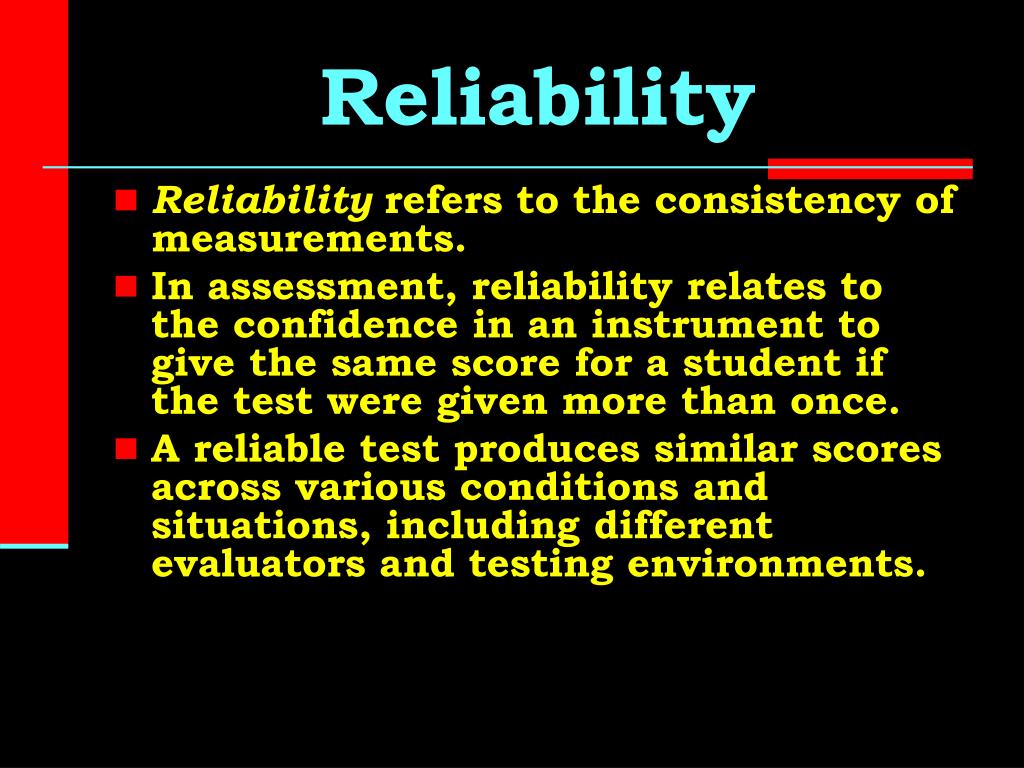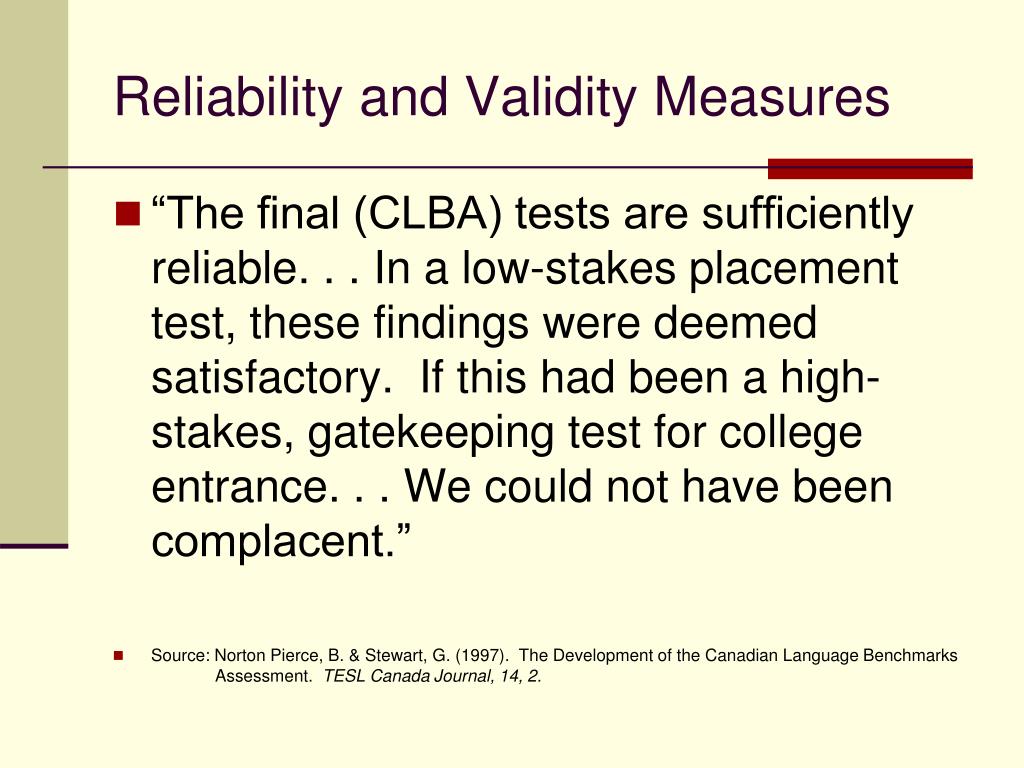

The path of construct validity is one that requires careful consideration and exploration. When we think of construct validity, images of convergent and divergent paths come to mind – ones that lead towards truth or away from understanding. It’s an important concept in psychometric theory, as it helps us understand if an evaluation was valid or not.


What Is Construct Validity?Ĭonstruct validity is the degree to which a test accurately measures what it’s intended to measure. We’ll discuss how different methods of experimental design impact construct validity as well as examine some techniques you can use to ensure your own experiments have strong levels of construct validity. This article will explore further what construct validity entails and look into why this concept is so important when conducting research.

In other words, does the experiment do a good job of measuring what it says it will? Construct validity is therefore central to determining if results obtained from an experiment carry weight and should be taken seriously. In its simplest form, construct validity refers to whether or not the measurements used by a study accurately reflect the concept they are attempting to measure. Before any meaningful conclusions can be reached, it’s essential to understand what construct validity actually means. For researchers, constructing valid experiments and studies requires an intricate knowledge of how these many moving parts fit together. Construct validity is like a complex jigsaw puzzle, with interlocking pieces that need to be arranged in the right way for the picture to become clear.


 0 kommentar(er)
0 kommentar(er)
